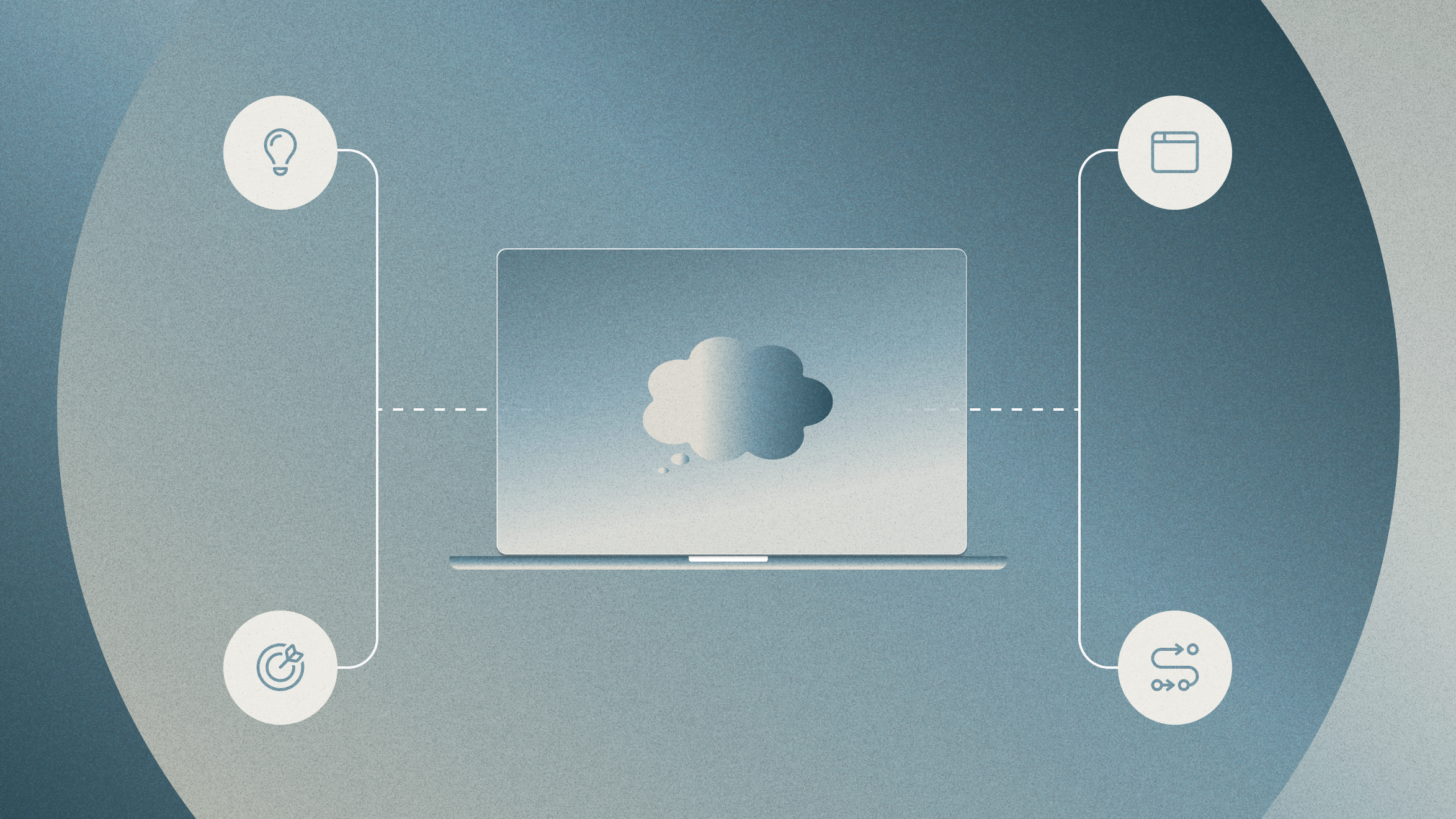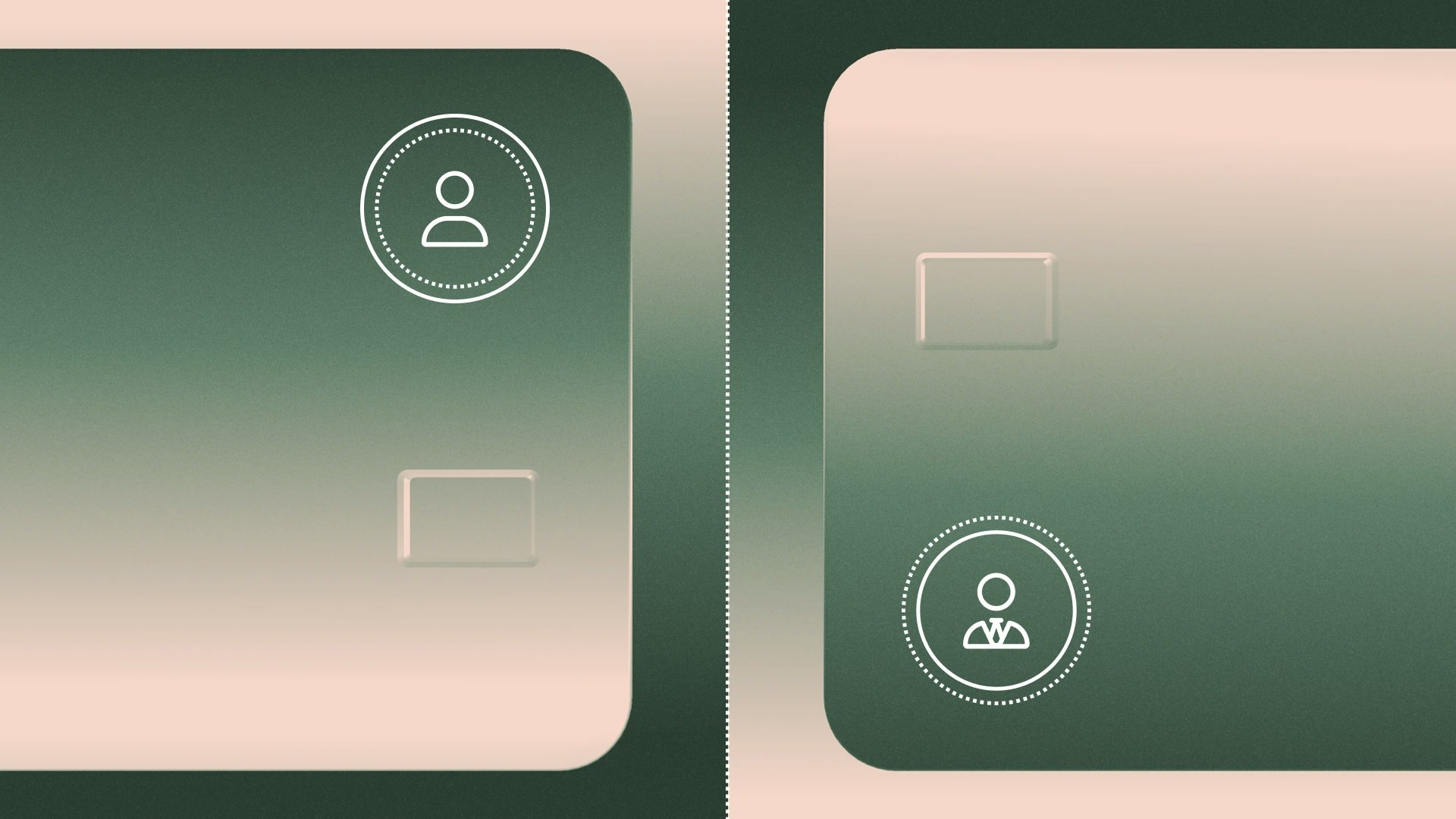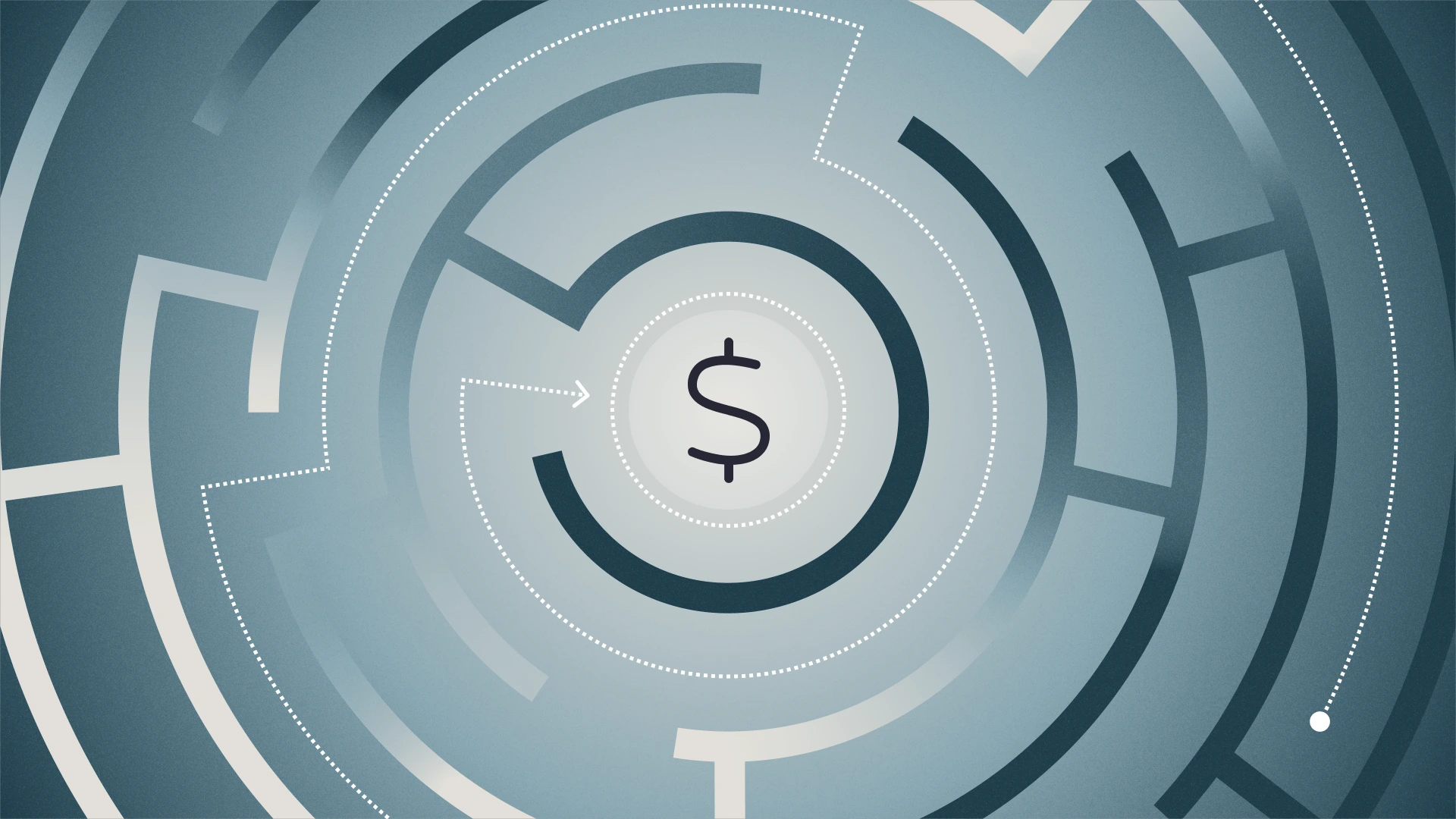Ecommerce Founder Guide: Building an online brand

In part three of our five-part series (parts one and two here), we’re talking all things branding, user experience, and web development. Executing these tasks successfully can leave a positive first impression on your future customer, but cutting corners and a lack of attention to detail can lead to unnecessary bounce rate and lower purchase conversion.
Brand development and design
Your website and digital presence serve as your primary customer touchpoints and sales channels. From your logo to your checkout flow, every element should reflect your values, your voice, and the product you’re proud of.
So start with the question: How should your brand make people feel? What personality do you want it to have? Every brand leaves an impact on a potential customer, and it’s shown to be a major contributor to buying psychology.
Once you have a framework for how you want your brand to make people feel, you’ll need to bring your brand assets to life.
For us, we outsourced some needs through Fiverr for basic logo creation and initial brand designs. We were also pretty scrappy with our product photography. (Some AI tools can even help you create professional-grade photography, brand designs, and ads on a budget, if you can’t afford more bespoke production just yet).
Website development and user experience
A great ecommerce website balances brand expression and functional efficiency. It makes it easy for potential customers to know exactly what you’re selling, get excited about it, and purchase what they like or need (ideally, in a few clicks or less).
Keep in mind that tiny differences in your site’s functionality can be the difference between a churned prospect and a closed sale. Here are some tips for making your online store as frictionless as possible:
- Prioritize speed and performance: Experiment with lightweight themes and compressed images (as long as they stay crisp and clear) to ensure fast load times. Run your site through tools like PageSpeed Insights or GTmetrix to diagnose performance issues.
- Mobile-first design: Over 70% of ecommerce traffic is mobile — design and test for mobile first, like sticky nav bars and clear CTA buttons that are thumb-friendly.
- Simplify your homepage and navigation: Include the most important information “above the fold”, that is, front and center without any scrolling required. This includes your navigation bar, current promotions, and any call to actions (CTAs). Keep your top menu short and intuitive by breaking products into categories and subcategories that make sense, or collections (e.g., by size, price, new arrivals) to aid in discovery.
- Optimize product pages for conversion: Provide clear descriptions and highlight key features like free shipping, swift delivery times, returns, or guarantees. Display reviews and user-generated content directly on the page.
- Build a frictionless checkout experience: Allow guest checkout (aka don’t force account creation) and enable your payment flow to auto-fill fields using browser and mobile wallet integrations. Offer multiple payment options (such as credit card, Apple Pay, Google Pay, Shop Pay, PayPal — depending on transaction fees, fraud prevention, and compatibility with your platform provider).
- Use integrations for discovery and tracking: Integrate with Instagram, Facebook, and TikTok Shops if you’re selling through social channels. Set up email/SMS capture tools to retarget churned users or follow up with customers. Install Google Analytics or similar tools to understand customer behavior.
- Build trust at every step: Include FAQs, your return policy, and shipping info on product pages and in the footer so customers have their questions answered in real-time.
Ultimately, you’re building your site to deliver the smoothest experience for customers. Each one of these suggestions can lead to better conversion rates in the buying journey.
Essential ecommerce tools and integrations
Having the right technology stack can help you get things done more quickly and enhance the behind-the-scenes functionality of our store.
Here are some you might look into:
- Storefront and platform: Shopify, WooCommerce, BigCommerce
- Payment processing: Shop Pay, Stripe, PayPal
- Shipping and fulfillment: ShipStation, Easyship, Pirate Ship
- Email, SMS, and marketing automation: Klaviyo, Postscript, Omnisend
- Social and content integrations: Instagram, Facebook, TikTok Shops
- Customer support tools: Zendesk, Intercom, Gorgias
- Inventory management: Shopify Inventory, Cin7, Inventory Planner
Now that you’ve established your brand and built your site, it’s time to turn our attention to sourcing and fulfillment.
And also check out part five on turning customers into fans.



